NCERT Solutions for Class 10 Economics Chapter 5 - Consumer Rights
Page - 77
Q1. What are the various ways by which people may be exploited in the market?
Ans. People may be exploited in the market through several unfair practices. These include:
- Selling defective goods: For example, a consumer might purchase a product that does not work as advertised or breaks down soon after purchase.
- Adulteration: Sellers might mix inferior substances with products like food items, reducing their quality and posing health risks.
- Overcharging: Some sellers may charge more than the maximum retail price (MRP) or add hidden charges.
- Misleading advertisements: Advertisements might provide false or exaggerated claims about a product’s benefits, leading consumers to make uninformed decisions.
- Weight manipulation: Shopkeepers may use faulty weighing scales to give less quantity than what the consumer pays for.
Q2. Think of one example from your experience where you thought that there was some ‘cheating’ in the market. Discuss in the classroom.
Ans. Once, I bought a packaged juice that was advertised as “100% pure” on the front label. However, when I read the fine print on the back, I found it contained only 30% real juice and the rest was water, sugar, and preservatives. This felt like cheating because the prominent advertisement was misleading and did not reflect the true nature of the product. Discussing such examples in the classroom can help raise awareness and encourage critical evaluation of marketing claims. 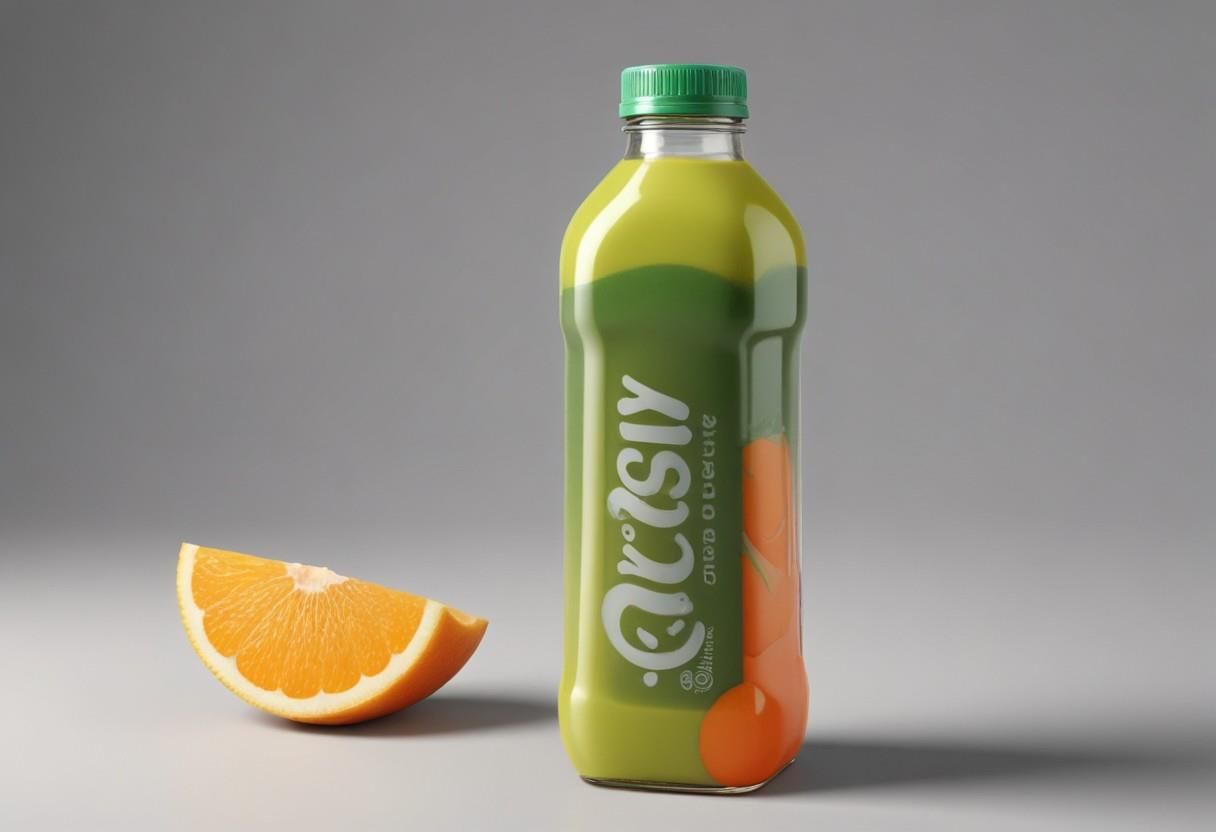
Q3. What do you think should be the role of government to protect consumers?
Ans. The government should play a proactive role in protecting consumers through the following measures:
- Regulation and Monitoring: Implement and enforce stringent regulations to ensure product quality and safety.
- Consumer Education: Run awareness campaigns to educate consumers about their rights and how to make informed choices.
- Redressal Mechanisms: Establish accessible and efficient consumer redressal forums where consumers can lodge complaints and seek justice.
- Standardization: Ensure that products adhere to standards set by certification bodies like ISI, Agmark, and Hallmark.
- Penalties for Violations: Impose heavy penalties on businesses that engage in unfair trade practices to deter such behavior.
- Regular Inspections: Conduct regular inspections of businesses to ensure compliance with laws and regulations.
Page - 78
Q1. What could have been the steps taken by consumer groups?
Ans. Consumer groups could:
- Educate consumers about their rights.
- Provide legal support to those filing complaints.
- Lobby for stronger consumer protection laws.
- Monitor and report market violations.
- Represent consumers in disputes.
- Collaborate with government agencies for better enforcement.
Q2. There may be rules and regulations but they are often not followed. Why? Discuss.
Ans. Rules are often not followed due to:
- Lack of awareness among consumers and businesses.
- Weak enforcement by regulatory bodies.
- Corruption within regulatory agencies.
- Judicial delays deterring consumers from seeking redressal.
- Economic pressures on small businesses to cut costs.
- Consumer apathy and fear of retaliation.
- Complexity of regulations making compliance difficult.
Page - 79
Q1. For the following products/services discuss what safety rules should be observed by the producer?
(a) LPG cylinder
Ans.
- Ensure cylinders meet safety standards.
- Regularly inspect for leaks and damage.
- Provide clear usage instructions and emergency procedures.
(b) Cinema theatre
Ans.
- Ensure proper fire safety measures and exits.
- Maintain structural safety of the building.
- Regularly check and service electrical systems.
(c) Circus
Ans.
- Ensure animal safety and humane treatment.
- Regularly inspect equipment for performers.
- Maintain audience safety barriers and exits.
(d) Medicines
Ans.
- Follow stringent manufacturing and storage standards.
- Clearly label expiration dates and usage instructions.
- Conduct thorough testing and quality checks.
(e) Edible oil
Ans.
- Ensure purity and absence of harmful additives.
- Clearly label manufacturing and expiration dates.
- Maintain hygienic production and packaging facilities.
(f) Marriage pandal
Ans.
- Ensure structural safety and stability.
- Provide proper electrical installations.
- Implement fire safety measures and exits.
(g) A high-rise building
Ans.
- Follow building codes and structural safety standards.
- Install and maintain fire safety systems.
- Regularly inspect elevators and other mechanical systems.
Q2. Find out any case of accident or negligence from people around you, where you think that the responsibility lay with the producer. Discuss
Ans. In a recent incident, a neighbor's washing machine caused a fire due to a manufacturing defect. The machine's motor overheated, igniting the surrounding plastic. The manufacturer had not issued a recall or warning despite knowing about the defect. This negligence led to significant damage to the neighbor's property. The responsibility clearly lay with the producer for not addressing the defect and failing to inform consumers about the potential hazard.
Page - 81
Q1. When we buy commodities we find that the price charged is sometimes higher or lower than the Maximum Retail Price (MRP) printed on the pack. Discuss the possible reasons. Should consumer groups do something about this?
Ans. The price charged may vary due to reasons like local taxes, transportation costs, or sellers trying to make extra profit. Sometimes, sellers offer discounts to attract customers, leading to prices lower than the MRP. Consumer groups should ensure prices do not exceed MRP by raising awareness and reporting violations to authorities to protect consumer rights.
Q2. Pick up a few packaged goods that you want to buy and examine the information given. In what ways are they useful? Is there some information that you think should be given on those packaged goods but is not? Discuss.
Ans. Information like manufacturing and expiry dates, ingredients, nutritional facts, and instructions for use are useful for making informed choices and ensuring safety. However, additional information like potential allergens, environmental impact, and clear origin of ingredients could enhance transparency and consumer trust.
Q3. People make complaints about the lack of civic amenities such as bad roads or poor water and health facilities but no one listens. Now the RTI Act gives you the power to question. Do you agree? Discuss.
Ans. Yes, the RTI (Right to Information) Act empowers citizens to request information from public authorities, making the government accountable. It allows people to demand details about the status of civic amenities, expenditure, and responsible officials. This transparency can drive improvements in public services when used effectively by informed citizens. 
Page - 82
The following are some of the catchy advertisements of products that we purchase from the market. Which of the following offers would really benefit consumers? Discuss.
Ans.
15 gm more in every 500 gm pack:
- Benefit: Consumers get additional product for the same price, effectively reducing the per unit cost. This is a straightforward benefit with no strings attached.
Subscribe for a newspaper with a gift at the end of a year:
- Benefit: If the consumer regularly buys the newspaper, the subscription can offer cost savings and the added gift is a bonus.
Scratch and win gifts worth Rs 10 lakhs:
- Benefit: This is more of a gamble. While it can be exciting, the actual benefit depends on the odds of winning, which are usually very low. This might not provide real value to most consumers.
A milk chocolate inside a 500 gram glucose box:
- Benefit: This offer is beneficial if the consumer uses both products. However, it could be seen as an unnecessary addition if the consumer is not interested in the chocolate.
Win a gold coin inside a pack:
- Benefit: Similar to the scratch and win offer, the odds of actually winning the gold coin are typically very low. This is more of a marketing gimmick and may not provide real benefit to most consumers.
Buy shoes worth Rs 2000 and get one pair of shoes worth Rs 500 free:
- Benefit: This is a clear and immediate benefit. If the consumer needs or wants two pairs of shoes, this offer provides additional value without any gamble involved.
Conclusion: The offers that provide immediate and guaranteed benefits, like "15 gm more in every 500 gm pack" and "Buy shoes worth Rs 2000 and get one pair of shoes worth Rs 500 free," are more likely to be genuinely beneficial for consumers. Other offers, such as those involving winning prizes, are less reliable and typically benefit the marketers more than the consumers.
Page - 84
Q1: Arrange the following in the correct order.
Ans. The correct order of events is:
- (g) She purchases a wall clock from a retail outlet.
- (c) She realises that the dealer has given her defective material.
- (e) She goes and complains to the dealer and the Branch office, to no effect.
- (b) She engages a professional person.
- (a) Arita files a case in the District Consumer Disputes Redressal Commission.
- (d) She starts attending the commission proceedings.
- (f) She is asked to produce the bill and warranty before the commission.
- (h) Within a few months, the dealer was ordered by the commission to replace her old wall clock with a brand new one at no extra cost.
Page - 87
Q1. Why are rules and regulations required in the marketplace? Illustrate with a few examples.
Ans. Rules and regulations are required in the marketplace to protect consumers. Sellers often abdicate responsibility for a low-quality product, cheat in weighing out goods, add extra charges over the retail price, and sell adulterated or defective goods. Hence, rules and regulations are needed to protect the scattered buyers from powerful and fewer producers who monopolize markets. For example, a grocery shop owner might sell expired products, and then blame the customer for not checking the date of expiry before buying the items.
Q2. What factors gave birth to the consumer movement in India? Trace its evolution.
Ans. There are many factors that led to the consumer movement in India.
• It began as a ‘social force’ with the need to protect and promote consumer interests against unfair and unethical trade practices.
• Extreme food shortages, hoarding, black marketing and adulteration of food led to the consumer movement becoming an organised arena in the 1960s.
• Till the 1970s, consumer organisations were mostly busy writing articles and holding exhibitions.
• More recently there has been an upsurge in the number of consumer groups who have shown concern towards ration shop malpractices and overcrowding of public transport vehicles.
• In 1986, the Indian government enacted the Consumer Protection Act, also known as COIPRA. This was a major step in the consumer movement in India.
Q3. Explain the need for consumer consciousness by giving two examples.
Ans. Consumer Consciousness is being aware of your right as a consumer while buying any goods or services.
Example:
• It is common to see consumers bargaining with sellers for additional discounts below the MRP.
• Because of conscious consumers, most of the sweet shops do not include the weight of the container when they weigh sweets.
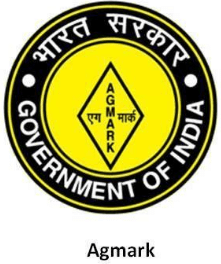


Q4. Mention a few factors which cause exploitation of consumers.
Ans. Exploitation of consumers is caused by a variety of factors. Producers are always looking for easy ways to increase profits. Adulterated or low-quality goods have less production costs, and if the consumer is unaware or illiterate, it is easy to cheat him/her.
Also, shopkeepers brush off their responsibility by claiming that the manufacturer is to blame. Consumers feel helpless in this situation.
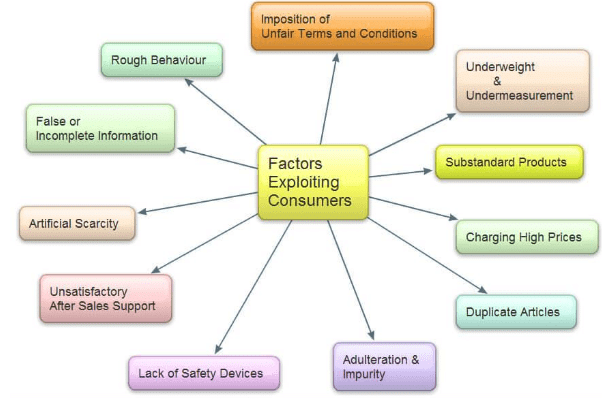 Exploitation of Consumer
Exploitation of Consumer
Often, when the consumers are known not to check the retail price of a commodity on its packing, sellers add extra charges to the same. In places where there is no awareness of consumer rights and the COPRA, consumer exploitation is rampant.
Q5. What is the rationale behind the enactment of Consumer Protection Act 1986?
Ans. The rationale behind the enactment of Consumer Protection Act of 1986 is to protect the consumer against unethical and unfair trade practices.
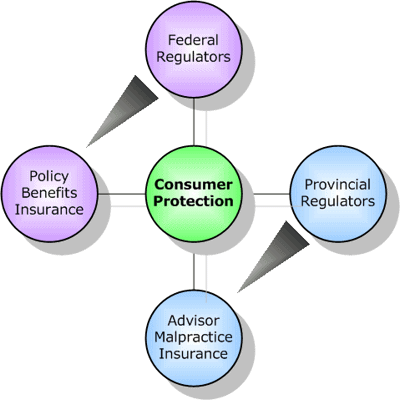 Consumer Protection
Consumer Protection
Also, it recognizes the consumer’s right to be informed, right to choose, right to seek redressal and right to represent himself/herself in Consumer Disputes Redressal Commission.
Q6. Describe some of your duties as consumers if you visit a shopping complex in your locality.
Ans. Some of my duties as a consumer if I visit a shopping complex include checking expiry date of the products I wish to purchase, paying only the maximum retail price printed on the goods, preventing shopkeepers from duping me with defective products, and registering a complaint with a consumer forum or court in case a seller refuses to take responsibility for an adulterated or flawed product.
Q7. Suppose you buy a bottle of honey and a biscuit packet. Which logo or mark you will have to look for and why?
Ans. While buying a bottle of honey or a biscuit packet, the logo or mark one will have to look for is ISI or Agmark. These are logos certifying the quality of goods in the market. Only those producers are allowed to use these marks who follow certain quality standards set by the organisations issuing these certifications. Thus, if a bottle of honey or a biscuit packet has one of these logos on it, then it implies that the product is of good quality.
Q8. What legal measures were taken by the government to empower the consumers in India?
Ans. Legal measures taken by the government to empower consumers in India are plenty. First and foremost being the COPRA in 1986. Then, in October 2005, the Right to Information Act was passed, ensuring citizens all information about the functioning of government departments.
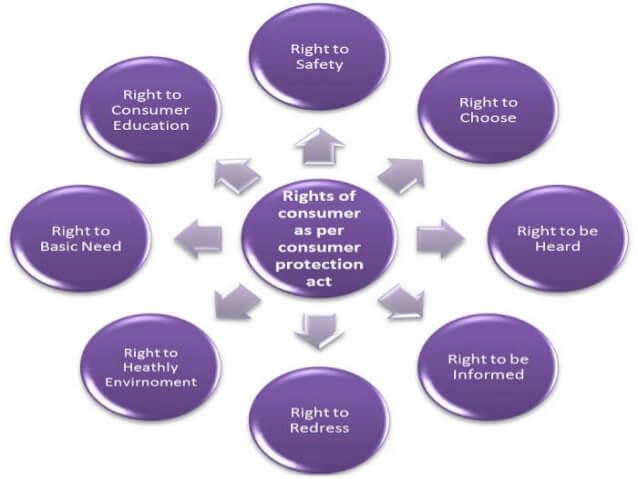 Rights of Consumer as per COPRA in 1986
Rights of Consumer as per COPRA in 1986
Also, under COPRA, a consumer can appeal in state and national courts, even if his case has been dismissed at the district level. Thus, consumers even have the right to represent themselves in Consumer Disputes Redressal Commission now.
Q9. Mention some of the rights of consumers and write a few sentences on each.
Ans. Some of the rights of consumers include the right to be informed, the right to choose, the right to seek redressal and the right to representation in Consumer Disputes Redressal Commissions . Under the RTI Act of 2005, consumers can now even get information regarding the working of government departments.
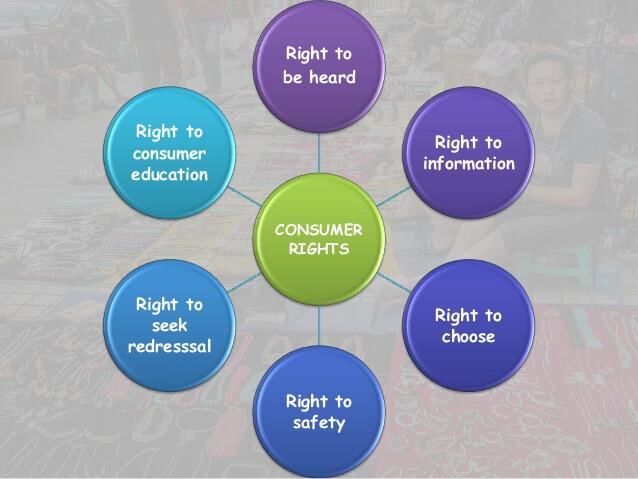 Consumer Rights
Consumer Rights
The right to choose allows a consumer to choose if he wishes to continue or discontinue the use of a service he purchased. The right to seek redressal permits a consumer to complain against unfair trade practices and exploitation.
Q10. By what means can the consumers express their solidarity?
Ans. Consumers can express their solidarity by forming consumer groups that write articles or hold exhibitions against traders’ exploitation. These groups guide individuals on how to approach a Consumer Disputes Redressal Commission , and they even fight cases for consumers.
Such groups receive financial aid from the government to create public awareness. Participation of one and all will further strengthen consumer solidarity.
Q11. Critically examine the progress of consumer movement in India.
Ans. The consumer movement in India has evolved vastly since it began. There has been a significant change in consumer awareness in the country. Till the enactment of COPRA in 1986, the consumer movement did not bear much force, but ever since its inception, the movement has been empowered substantially. The setting up of Consumer Disputes Redressal Commission and consumer groups has been a progressive move.
However, in contemporary India, the consumer redressal process is quite complicated, expensive and time-consuming. Filing cases, attending court proceedings, hiring lawyers, and other procedures make it cumbersome. In India, there are over 700 consumer groups of which, unfortunately, only about 20-25 are well-organised and functioning smoothly.
Q12. Match the following.
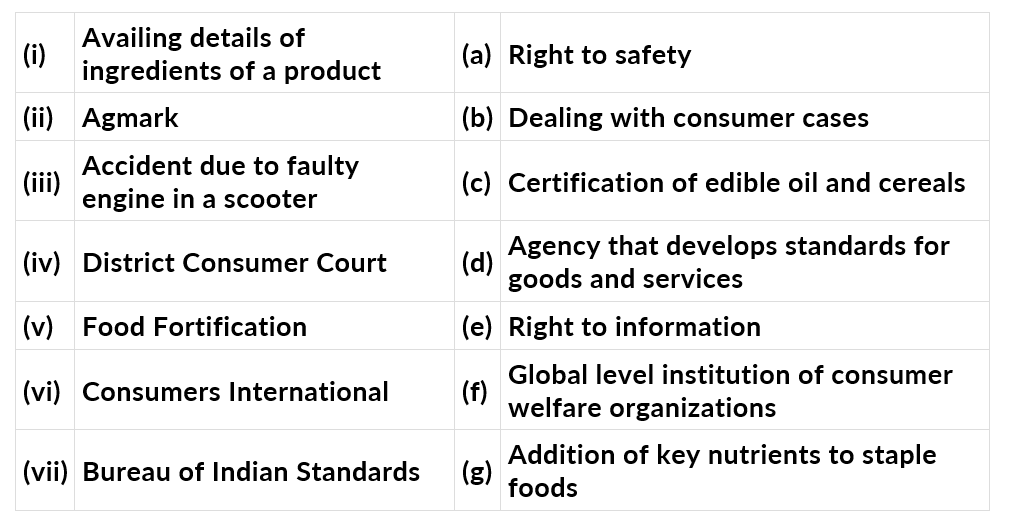
Ans:
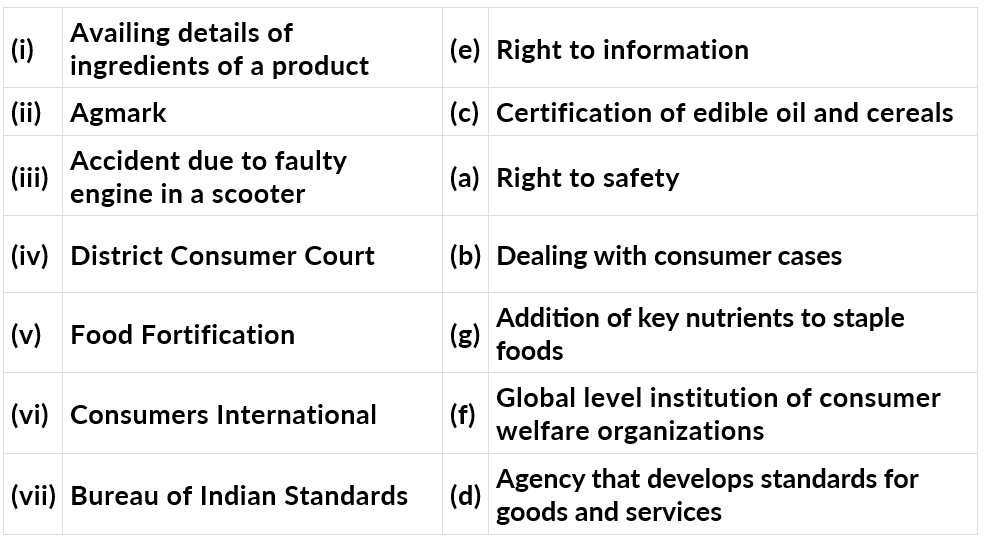
|
66 videos|630 docs|79 tests
|
FAQs on NCERT Solutions for Class 10 Economics Chapter 5 - Consumer Rights
| 1. What are the basic consumer rights that every individual should know? |  |
| 2. How can consumers file a complaint regarding their rights? |  |
| 3. What is the role of the Consumer Protection Act in safeguarding consumer rights? |  |
| 4. How can consumers ensure they are making informed choices while purchasing products? |  |
| 5. What steps can consumers take if they feel their rights have been violated? |  |

















